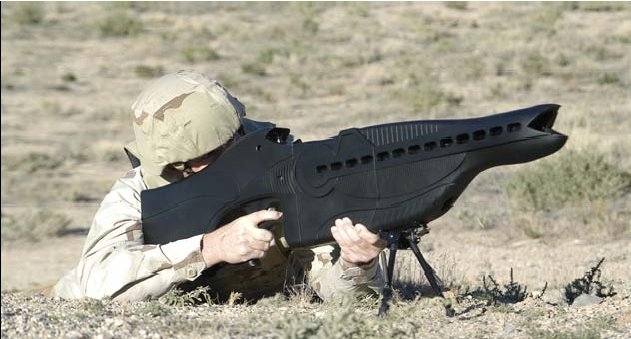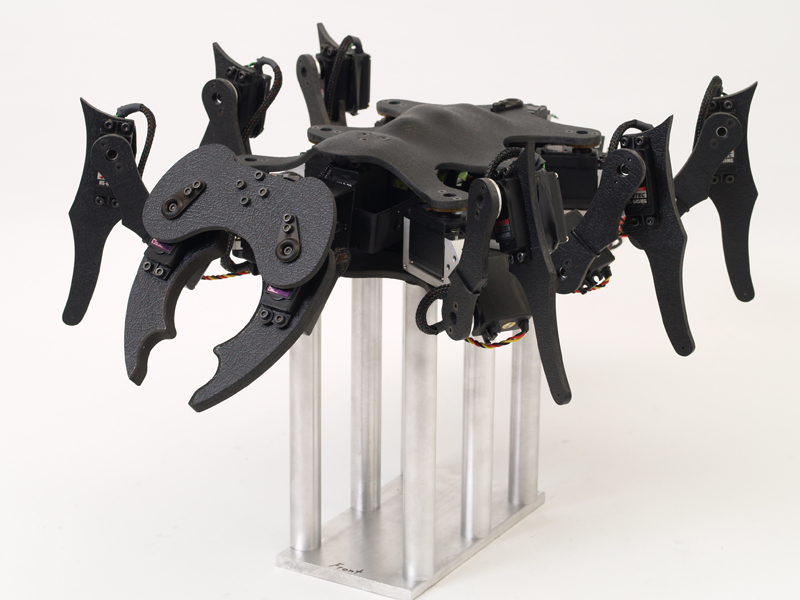Snake Like Robot can climb up trees
Scientists have always been trying to create robots that can mimic the movements of animals. The research in this field is now gone vast enough that scientists have been able to create a robot that moves just like a snake and is even able to climb up the trees.
The creators(Carnegie Mellon) of this Snake robots have named it as "Uncle Sam". Uncle Sam has the ability to crawl, roll and it can move sideways. But the best thing thing that it does to impress you is that it can wrap it self around any pole or a tree and can climb up too.
The robot is composed of segments, and each segment has the ability to move on its own and creates its own movement intelligent enoughly to move forward on ground and upwards on poles and trees.
Scientists have always been trying to create robots that can mimic the movements of animals. The research in this field is now gone vast enough that scientists have been able to create a robot that moves just like a snake and is even able to climb up the trees.
The creators(Carnegie Mellon) of this Snake robots have named it as "Uncle Sam". Uncle Sam has the ability to crawl, roll and it can move sideways. But the best thing thing that it does to impress you is that it can wrap it self around any pole or a tree and can climb up too.
The robot is composed of segments, and each segment has the ability to move on its own and creates its own movement intelligent enoughly to move forward on ground and upwards on poles and trees.







 The HULC allows soldiers to carry weight of up to 91kg with little effort
The HULC allows soldiers to carry weight of up to 91kg with little effort




















